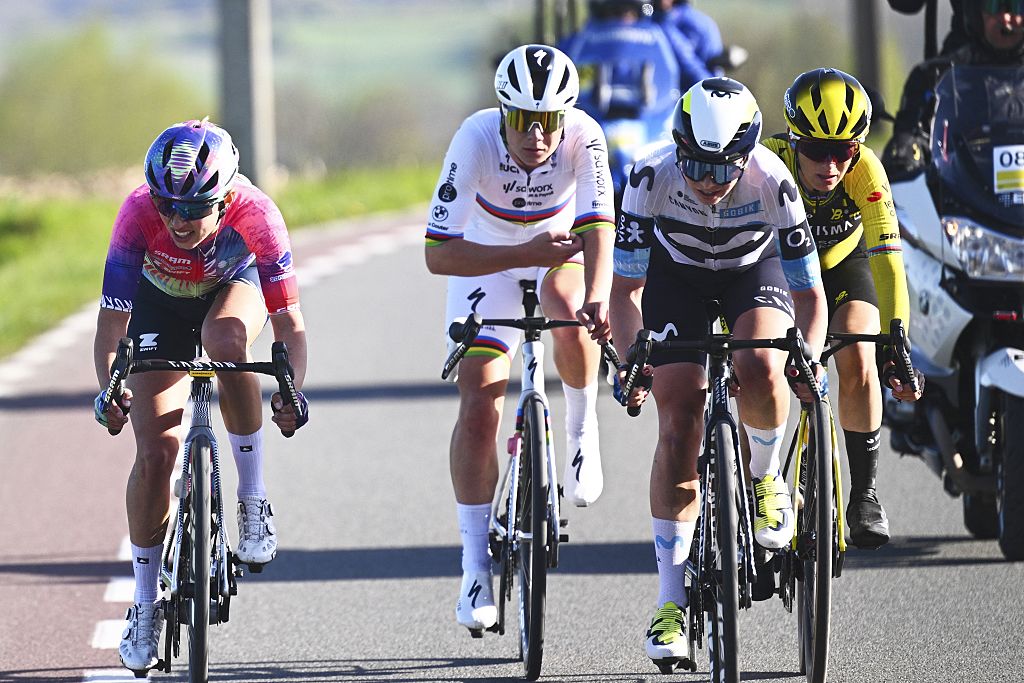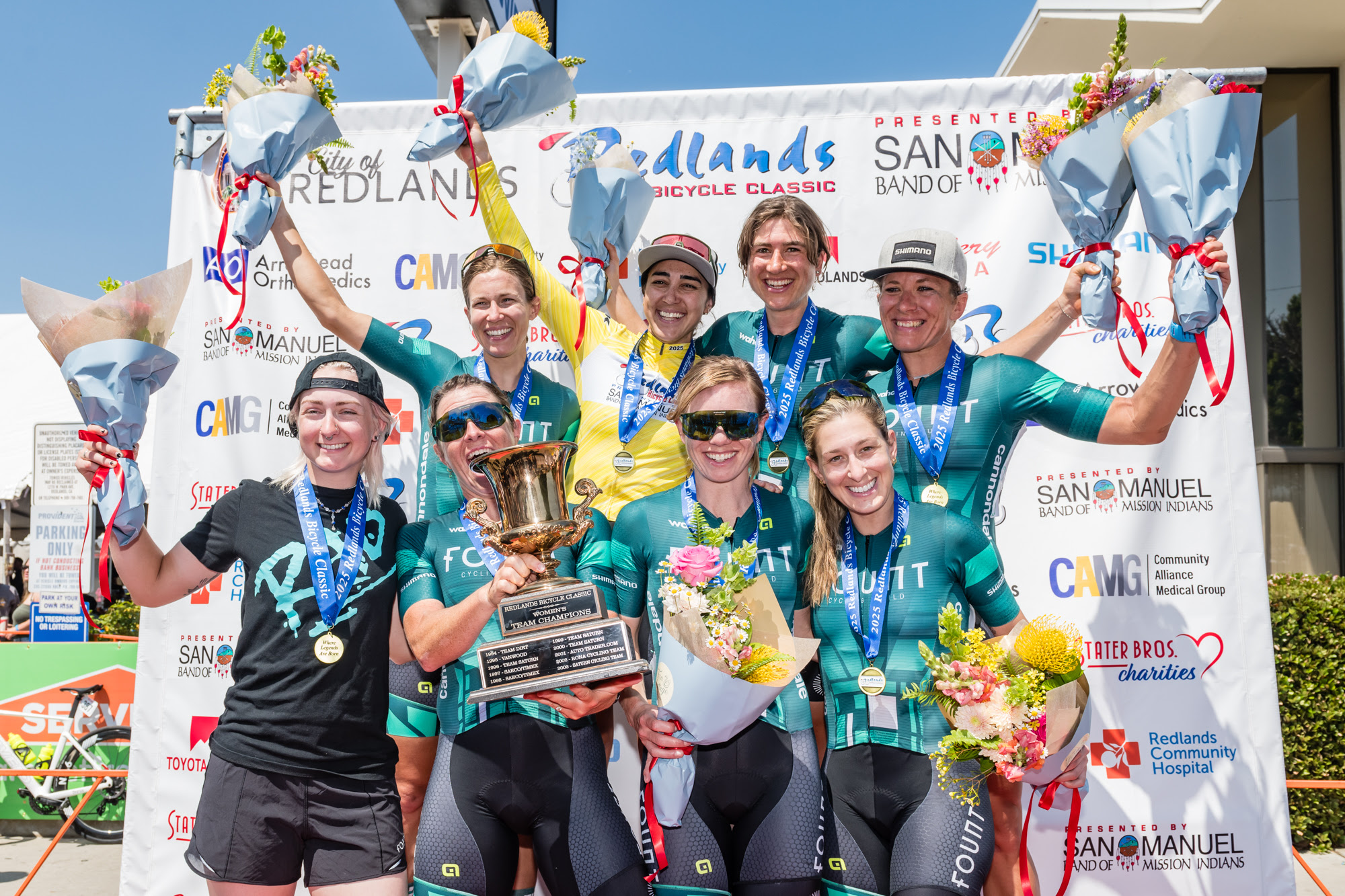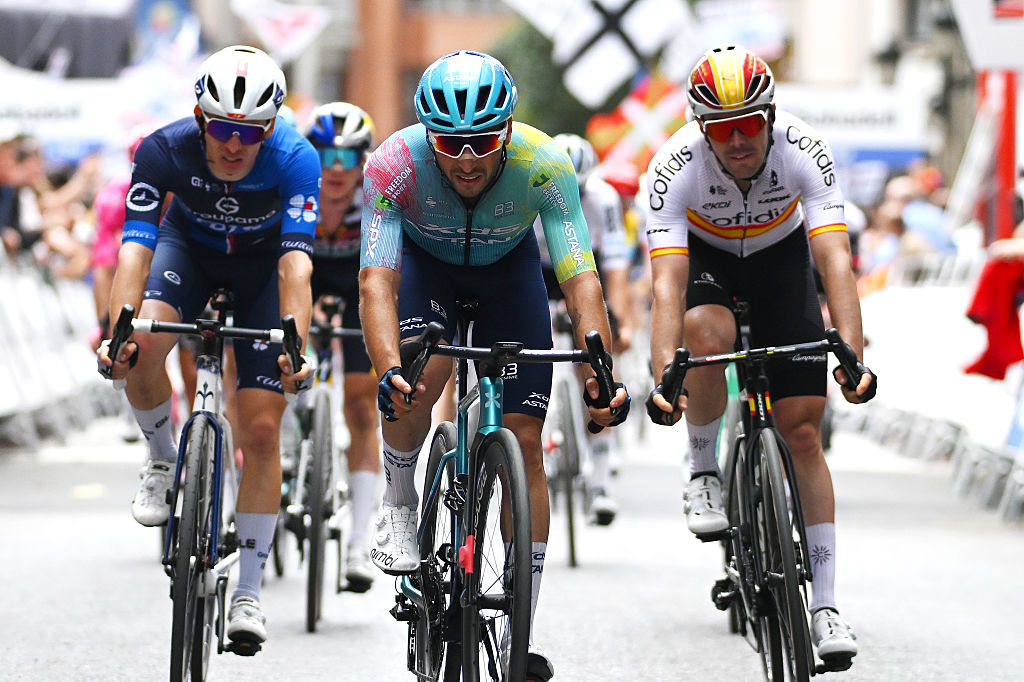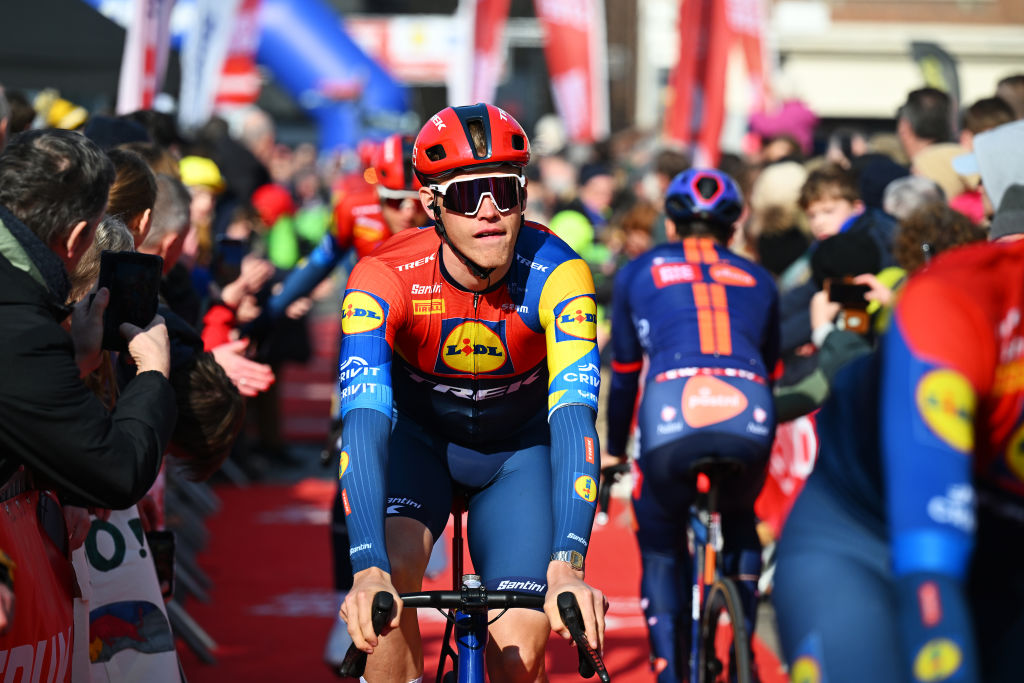Is the timing right for a generational shift at Milan-San Remo?
Cancellara will turn 35 the day before La Primavera, and a host of young talent awaits the start
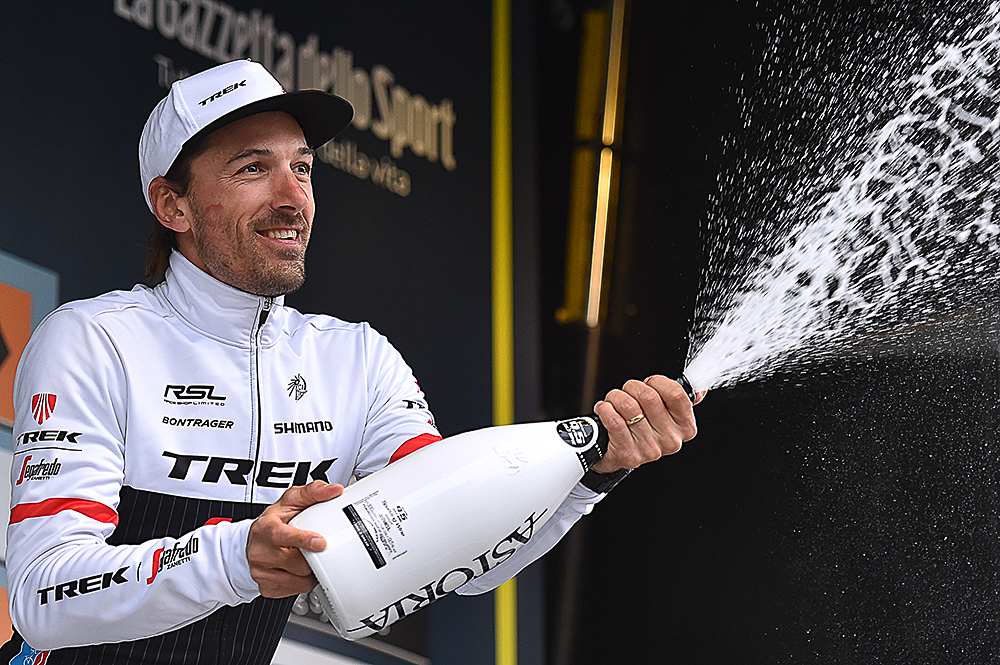
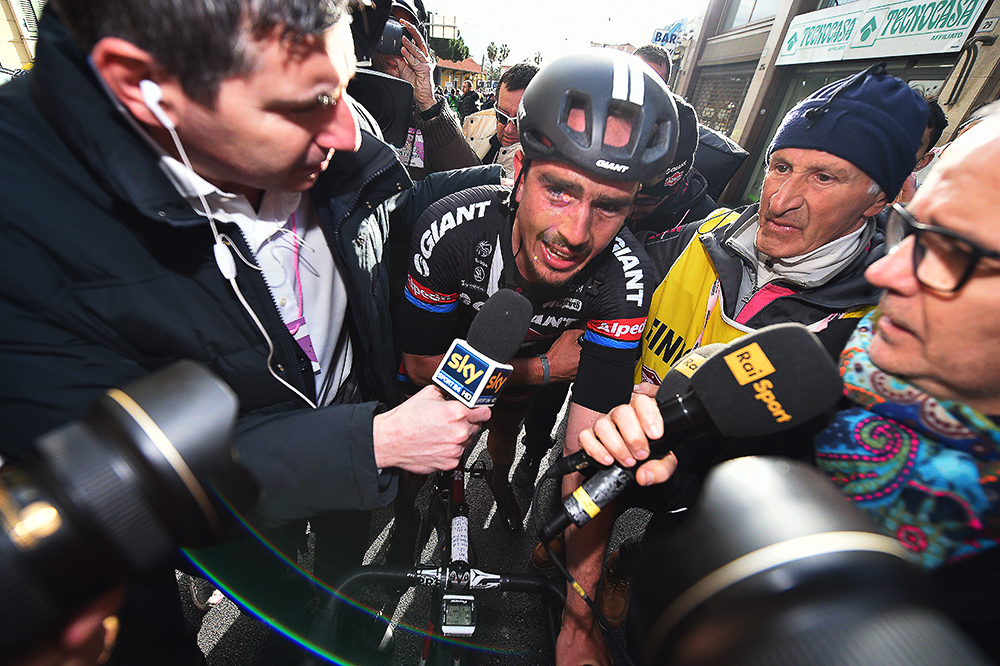
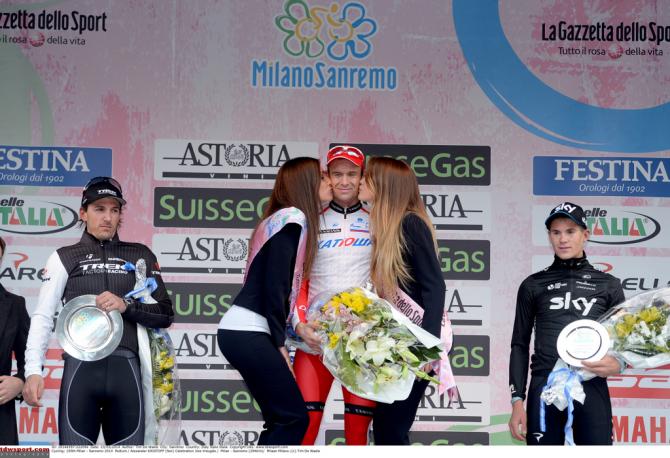
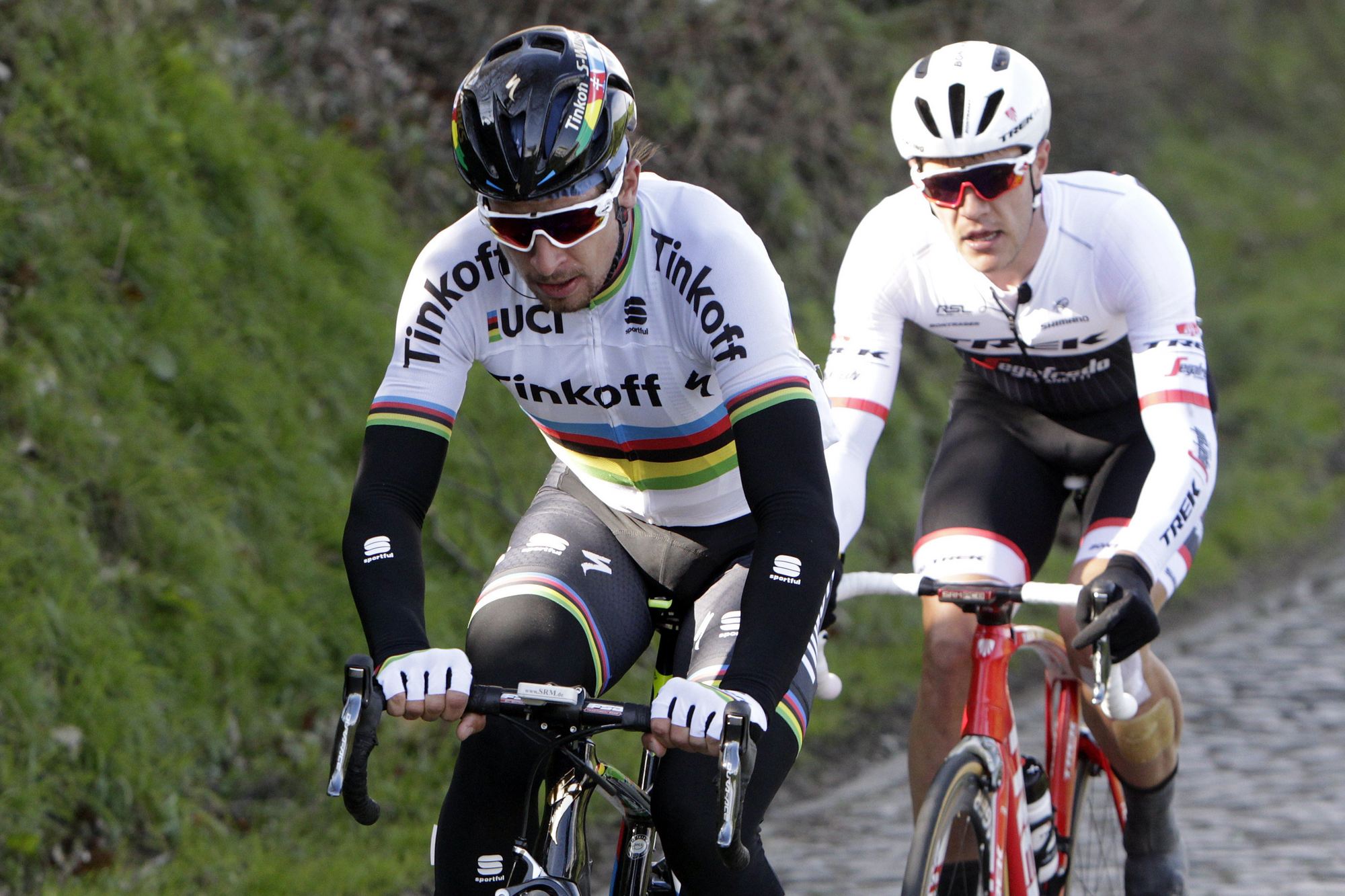
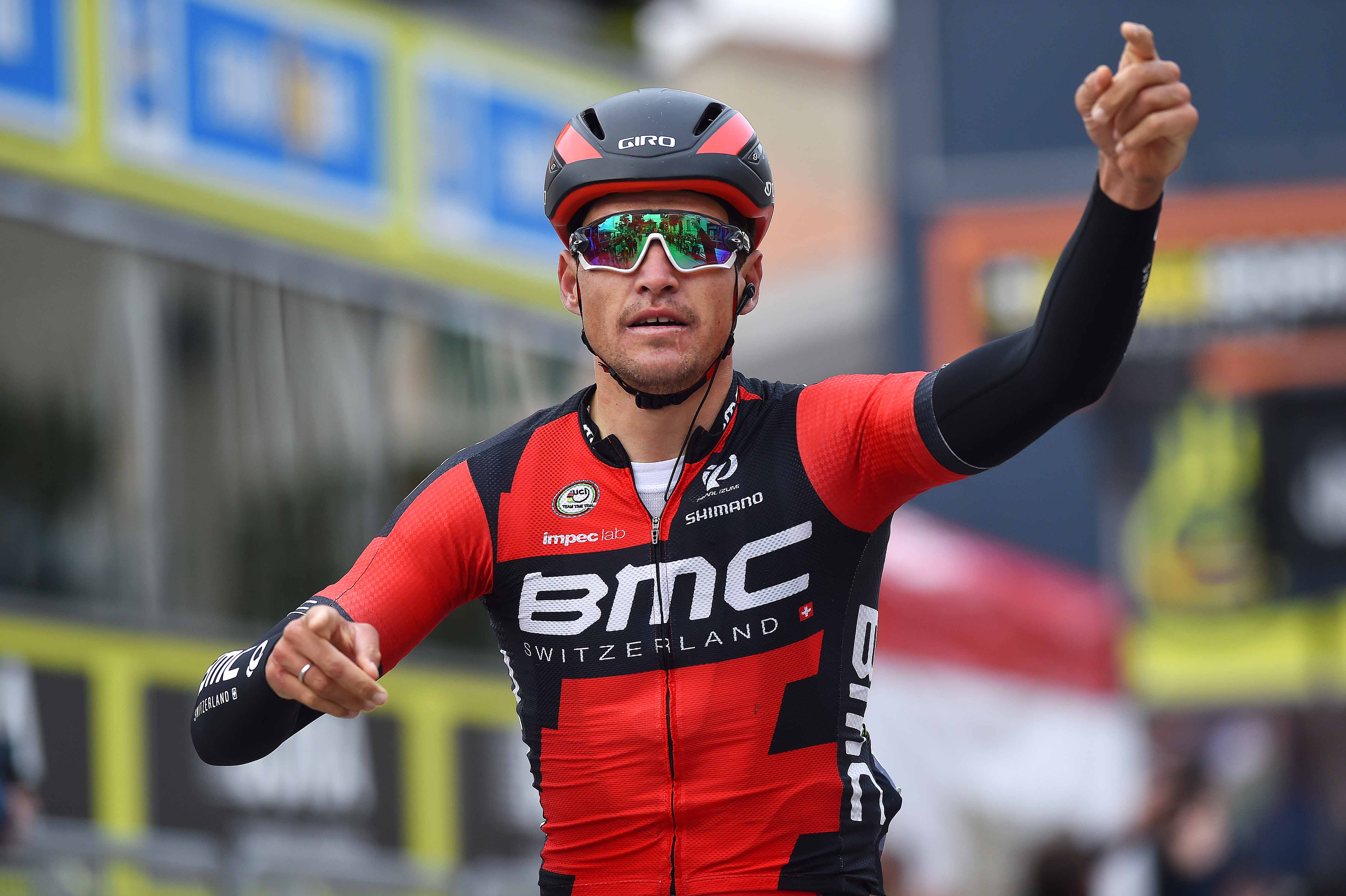
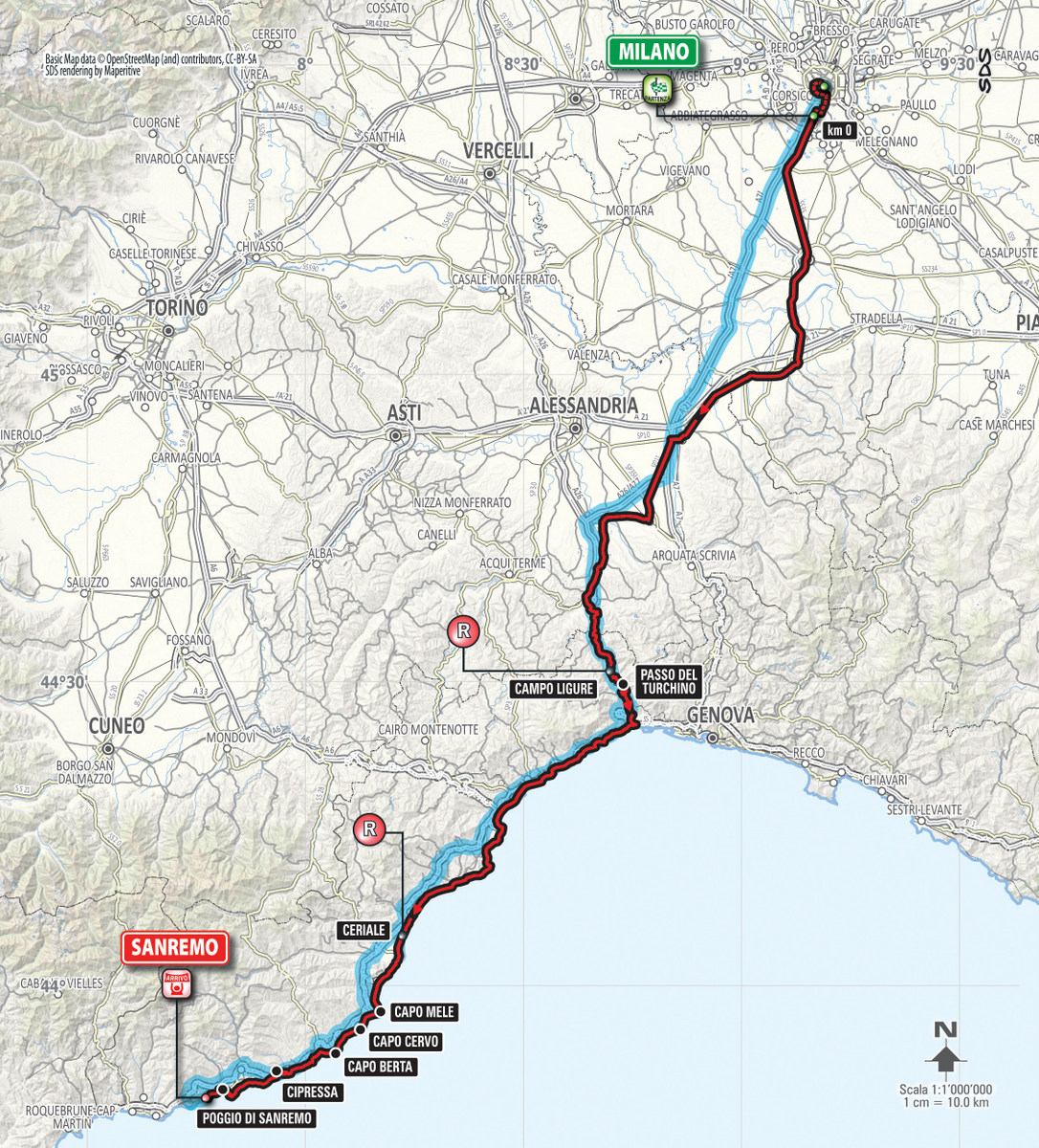
Cyclingnews will have live coverage of Milan-San Remo from 8am GMT on Saturday, March 19.
After the early season races around the world, a taste of Belgium with Omloop Het Nieuwsblad and then a final block of preparation via Paris-Nice and Tirreno-Adriatico, the racing turns very serious on Saturday with the 107th edition of Milan-San Remo, cycling's first of the so-called five monument Classics.
Milan-San Remo is known as La Classicissima in Italy and La Primavera elsewhere, due to the race falling close to the day of the spring Equinox. It is the true start to a month of spring Classics and a race where victory can change a rider’s career forever.
This year the start list and early-season results indicate we are on the cusp of a generation change but the distance, tactics and pressure make it difficult for young riders to have a perfect race and win. Milan-San Remo is a cruel race and riders often need to endure defeat before savouring the moment of victory.
This year's Milan-San Remo comes a day after Fabian Cancellara's 35th birthday and the day before the spring equinox. It will be fascinating to see if the planets align for the Swiss veteran in his final season or if we see the likes of 21-year-old Fernando Gaviria emerge.
As always the spring weather between Milan and San Remo and the balance of power between the sprinters and the attacks will decide the race, with a split second of hesitation or a moment of inspiration enough to change the outcome, right up to the legendary Via Roma finish line.
The 300km race route
The route then follows the coastal Aurelia road from Genoa virtually all the way to San Remo. The tension and the fatigue rise gradually as the kilometres tick down and the break is gradually reeled in. The Capi coastal climbs begin after 240km, after Alassio, with the Capo Mele, the Capo Cervo and the tougher Capo Berta all following the edge of the Mediterranean.
The narrow streets of Imperia mark the start of the finale of Milan-San Remo. The big teams fight for positioning near the front ready for the Cipressa. It is 5.6km with an average gradient of 4.1 per cent as it climbs through the olive groves. Someone, perhaps Vincenzo Nibali (Astana) or even a small audacious group, will try an attack here but they are either brave, foolish or just looking to make a splash, knowing they have little chance of final victory. Their problem is the nine kilometres along the straight and flat coastal road to the foot of the Poggio. There is often a headwind, and the strong teams in the peloton will commit riders to making the chase.
The Poggio comes with just 9.7km to go and the tension and speed is sky high at this point. There is a sprint to the right turn and ramp that takes the riders onto the 3.7km climb. Position and fresh legs are vital as the speed increases in crescendo.
The road twists and turns heads via three hairpins. The early attacks, the softening up moves, usually go here but the real contenders let them go as they wait for the serious attacks on the steeper 8 per cent section on the ridge of the hill. Tactics, rider combinations and perhaps a headwind also decide if a break has a chance. If not, riders reach the summit and the sharp left turn on to the descent virtually together. A gap of 10 seconds can be enough to make it to the finish, just four seconds means it is virtually impossible.
Crashes often occur on the descent as the riders take huge risks on the fast hairpins that twist between the huge glass greenhouses, where the famous San Remo flowers grow. But riders quickly hit the main road once again and begin to asses who is in front, who is stuck behind and who has the support of teammates. All will play a role in deciding the final winner.
The flat road outside of San Remo is a chance for a last attack, or to move up in the group ready for the sprint but after a left and right turn, the final kilometre is soon upon the riders and it is time to think of one last effort or positioning for the sprint.
The entrance to Via Roma comes after the tacky San Remo fountain. The riders pass it on the right and can sense the street narrow as they enter Via Roma. The road rises and so it is vital to judge the sprint perfectly. The sprinters usually hug the left side of the road before jumping down the middle or on the right. Go too early, with tired legs after 300km of racing, and it is easy to be passed before the line. That's what happened to Alexander Kristoff (Katusha) in 2015, with Degenkolb coming past him close to the line.
The finish in Via Roma decides everything; the winner is mobbed by the photographers and tifosi, the losers roll onto their team buses to begin to ask what went wrong.
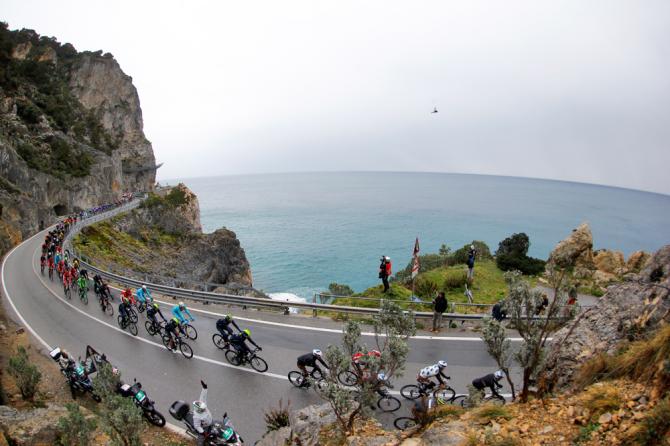
The peloton rides along the coast during the 2015 Milan-San Remo (Bettini).
The contenders, the favourites, the outsiders
Milan-San Remo is so difficult to win because so many riders can win it and 25 teams of eight riders make for a 200-rider peloton.
Lone or long-range attacks rarely triumph at Milan-San Remo because of the strength of the sprinter and their devoted and well-drilled teams in the finale. However if a group goes away on the Poggio and works together, they perhaps have a chance of hitting the jackpot in the town that is also famous for its casino.
Peter Sagan (Tinkoff) wears number one in the absence of Degenkolb and the Slovakian rider is desperate to win in the rainbow jersey after a growing series of placings. He has support from strong and experienced teammates, and the Poggio will not be a problem. It will be fascinating to see if he goes with an attack or waits for the sprint. Sagan has the talents to win from both scenario but needs to find the nerve and focus to race to the best of his immense victory.
Greg Van Avermaet (BMC) has become Sagan's 'bestia nera' in recent weeks and clearly has the form and tactical ability to castigate him yet again at Milan-San Remo. Van Avermaet has worked on his sprinting speed but will need to distance the true sprinters if he is to eventually take on Sagan, Cancellara and anyone else.
Cancellara is hoping that he can profit from a tussle between Sagan and Van Avermaet. A second victory would be a fairy tale ending to his Milan-San Remo career. He clearly has the form and can only hope the races and results continue to go his way.
Sagan and Van Avermaet are perhaps five star favourites but Michael Matthews (Orica-GreenEdge) and Alexander Kristoff (Katusha) are equally as dangerous and have the experience and speed needed to win. Nacer Bouhanni (Cofidis), Zdenek Stybar (Etixx-QuickStep), Sacha Modolo (Lampre-Merida), Tony Gallopin (Lotto Soudal), Arnaud Demare (FDJ), Edvald Boasson Hagen (Dimension Data), Simon Clarke (Cannondale) and Michal Kwiatkowski (Team Sky) will all play their cards too, with the Frenchman still angry about going so close in 2015, when he finished sixth in the sprint.
An outsider? How about Ben Swift (Team Sky) – he was third in 2011, on form Australian Leigh Howard (IAM Cycling) or Paris-Nice stage winner Alexey Lutsenko (Astana).
It would also be foolish to bet against Mark Cavendish (Dimension Data) if the race is decided by a rip-roaring sprint in the Via Roma. The Manxman has divided his time between the road and track this winter. He was impressive at the Tour of Qatar but less so at the track world championships. But Cavendish won Milan-San Remo at his very first attempt.
Click here to subscribe to the Cyclingnews video channel.
Get The Leadout Newsletter
The latest race content, interviews, features, reviews and expert buying guides, direct to your inbox!

Stephen is one of the most experienced member of the Cyclingnews team, having reported on professional cycling since 1994. He has been Head of News at Cyclingnews since 2022, before which he held the position of European editor since 2012 and previously worked for Reuters, Shift Active Media, and CyclingWeekly, among other publications.
Latest on Cyclingnews
-
Women's WorldTour – The definitive guide for 2025
Everything you need to know about the top-tier professional racing series, teams, races and world ranking -
Alia Shafi delivers GC victory at Redlands Bicycle Classic with Fount Cycling 'guns a blazing' start to finish
Eder Frayer scores close GC victory for men by 10 seconds over Quinn Felton -
Relegation Watch 2025: XDS Astana's momentum accelerates as Picnic-PostNL, Arkéa-B&B Hotels stall in Spring Classics
XDS Astana on track to surpass Picnic-PostNL, Cofidis -
'The possibilities are endless' - Jakob Söderqvist set to move up to the WorldTour with Lidl-Trek in 2026
'Stepping into the WorldTour team means the start of a new chapter in my sporting career' says Swedish time triallist
